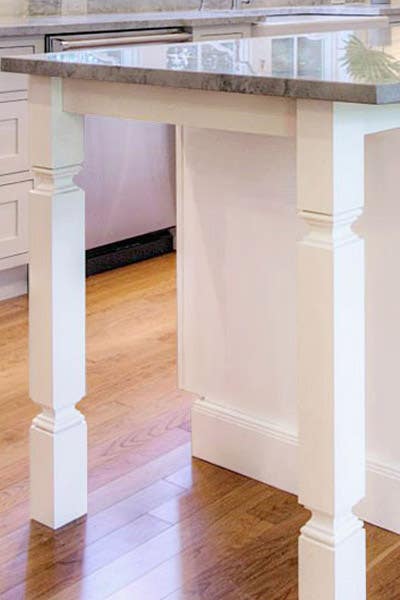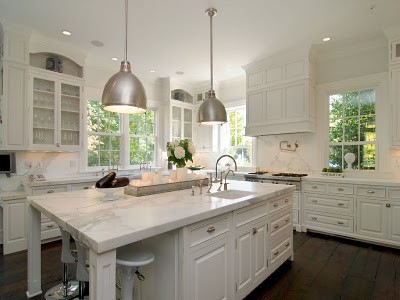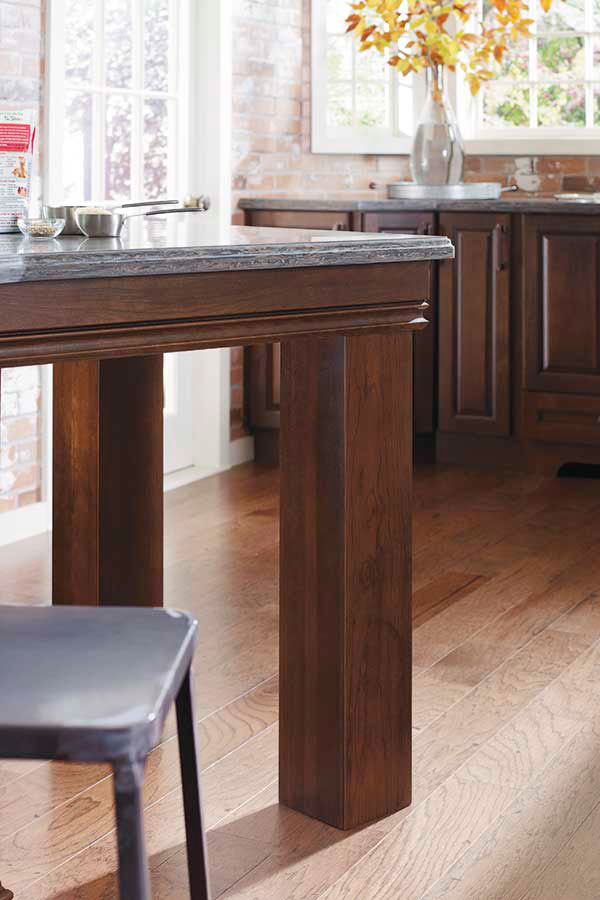Tailor Your Kitchen Look with Unique Legs For Kitchen Island Options
Tailor Your Kitchen Look with Unique Legs For Kitchen Island Options
Blog Article
Essential Variables to Consider When Choosing Legs For Kitchen Island
Picking the proper legs for a kitchen island entails a careful evaluation of numerous aspects that can dramatically influence both performance and aesthetic allure. Among these, the selection of product plays a pivotal role in ensuring longevity, while the layout should match the existing decor. Considerations such as elevation and weight assistance are crucial for security and comfort. As we check out these components, it becomes clear that each choice can have far-reaching implications for the general kitchen experience. What subtleties should be taken into consideration in each of these groups to accomplish the suitable equilibrium?
Product Options
When picking legs for a kitchen area island, understanding the different product choices is vital for attaining both aesthetic charm and architectural stability (Legs For Kitchen Island). The choice of material substantially influences not just the durability of the island yet likewise its general layout and performance
Metal legs, typically made from stainless steel or wrought iron, add a modern-day and industrial feel while guaranteeing resilience and stability. These products are resistant to use and can support significant weight, making them optimal for larger islands.
An additional option is crafted materials, like MDF or plywood, which can be a lot more affordable while still offering a variety of surfaces. Nonetheless, they might not provide the same degree of security as strong timber or steel. Materials such as acrylic or glass can create a contemporary appearance, though they might require added assistance to guarantee security.
Eventually, the selection of material for cooking area island legs need to straighten with the desired capability and the total motif of the cooking area.
Style and Layout

When considering design, the form and finish of the legs are vital. Conical legs can offer a sense of agility and elegance, while thicker, a lot more durable legs can share toughness and stability. Furthermore, the coating-- be it painted, discolored, or all-natural-- should match the cabinetry and kitchen counter materials to develop a unified look.
Furthermore, the layout of the legs can additionally show personal preference. Custom-made or ornamental legs, such as those including intricate carvings or unique geometric shapes, can work as focal points, adding personality and personality to the cooking area. Ultimately, the appropriate option will certainly not just improve performance but additionally elevate the aesthetic appeal, making the kitchen area island a standout attribute of the home.
Height Considerations
Selecting the proper height for kitchen area island legs is crucial, as it directly affects both performance and convenience. The standard elevation for a kitchen island commonly varies from 36 to 42 inches, aligning with usual countertop elevations. A 36-inch height is suitable for cooking and food preparation, permitting for comfy use kitchen area devices and devices. Alternatively, an elevation of 42 inches is usually favored for islands planned for bar seats, fitting taller feceses and using a laid-back eating experience.

It is also necessary to account for individuals' heights and choices. Tailoring the elevation can make certain a comfy experience for all household participants, making the cooking area island a much more delightful and functional space.
Weight Support
Guaranteeing sufficient weight assistance for kitchen island legs is vital for both safety and security and capability. The cooking area island usually offers multiple objectives, consisting of cooking, eating, and added storage, requiring a robust assistance framework. When choosing legs, it is crucial to think about the overall weight ability needed based on the island's meant use and the materials that will certainly be placed on it.
The choice of product for the legs plays a substantial function in their weight-bearing abilities. Solid timber, metal, and heavy-duty compounds typically provide superior stamina contrasted to lighter products. Furthermore, the style of the legs-- whether they are straight, tapered, or have a pedestal type-- can influence their ability to distribute weight effectively throughout the framework.
Always consult the supplier's specifications pertaining to load limitations to make sure that the legs can maintain the designated weight without compromising safety. In summary, picking kitchen area island legs with ample weight support is necessary for producing a safe and functional cooking area.
Installation and Maintenance
Proper installation and maintenance of kitchen island legs are vital for making certain long life and stability. To start, it is important to follow the maker's standards during installation. This often involves safeguarding the legs to the island base making use of appropriate fasteners, ensuring that the legs are level and straightened. Making use of a degree device can help prevent wobbling and boost the total aesthetic appeal of the kitchen island.
When Visit This Link installed, regular upkeep check it out is needed to maintain the honesty and look of the legs - Legs For Kitchen Island. For wooden legs, periodic cleansing with a damp fabric and application of ideal wood gloss can avoid dampness damage and maintain their finish. Metal legs may call for a gentle cleaning option to eliminate grease and gunk, complied with by a dry cloth to stop rust formation
Additionally, check the legs regularly for indicators of wear or damages, such as splits or loosened joints. Tightening up screws or screws as needed can additionally prolong the lifespan of the legs. By adhering to these installment and maintenance techniques, homeowners can guarantee that their cooking area island continues to be sturdy and visually appealing for many years ahead.
Conclusion

Visual comprehensibility is vital in choosing the design and layout of legs for a kitchen island, as these components considerably influence the total ambiance of the space. Conical legs can provide a sense of lightness and elegance, while thicker, extra robust legs can convey stamina and stability.Choosing the ideal elevation for kitchen area island legs is critical, as it straight impacts both capability and convenience. In summary, continue reading this selecting cooking area island legs with ample weight assistance is vital for developing a practical and risk-free culinary space.
In final thought, selecting legs for a cooking area island demands careful factor to consider of numerous elements, consisting of material options, design, height, weight support, and installment.
Report this page